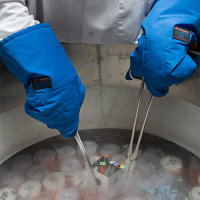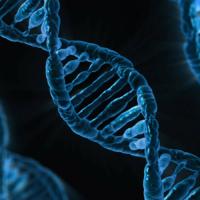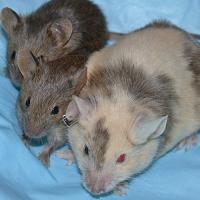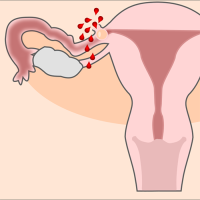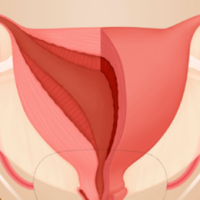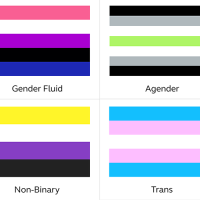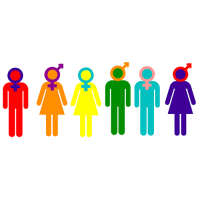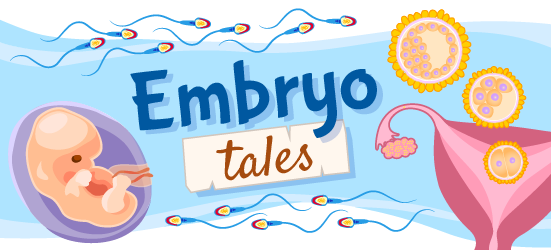
Embryo Tales
Learning About Embryology
Embryology starts with the study of embryos and their development. It also includes all aspects of reproduction and related health as well. Scientists are still learning new things about reproduction and development every day. Embryo Tales are stories about this broad area of science.
Embryo Tales are based on articles that are a part of the Embryo Project, which is an encyclopedia on all things embryology and reproduction. In these Embryo Tales, you may find stories on tissue development, menstruation, sex chromosomes, what it means to be intersex, the history of reproductive biology, and much, much more.
If you want to take a step further and learn more about any of these subjects, look on each story page for the links to the Embryo Project articles on which they were based.
Special thanks to Arizona State University's Center for Biology and Society and to the editors who have helped create these stories: Dina Ziganshina, Risa Schnebly, Emily Santora, and Dr. Biology.
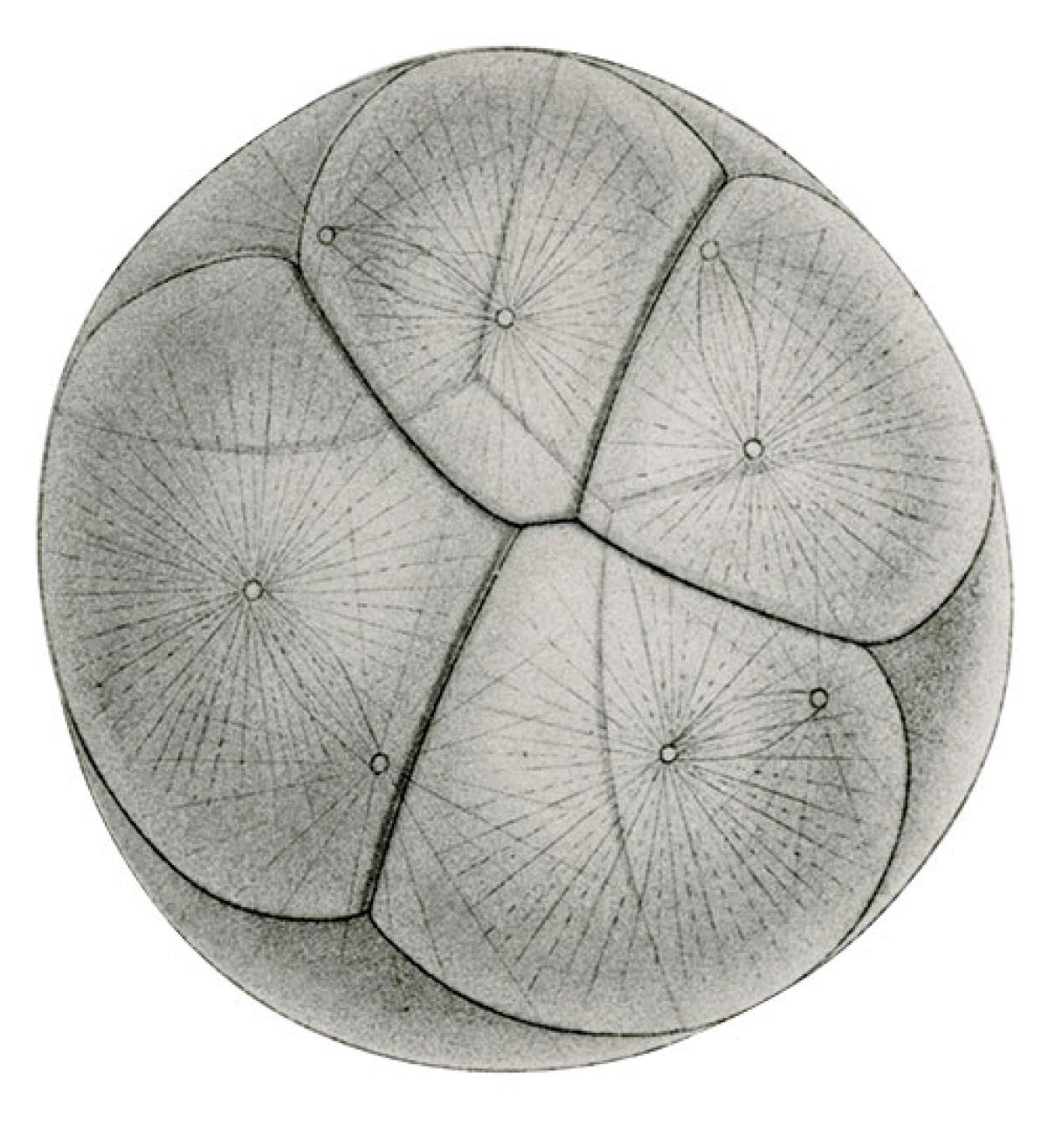
Embryo Tales are created from encyclopedia articles that are a part of the Embryo Project.
Be Part of
Ask A Biologist
By volunteering, or simply sending us feedback on the site. Scientists, teachers, writers, illustrators, and translators are all important to the program. If you are interested in helping with the website we have a Volunteers page to get the process started.


